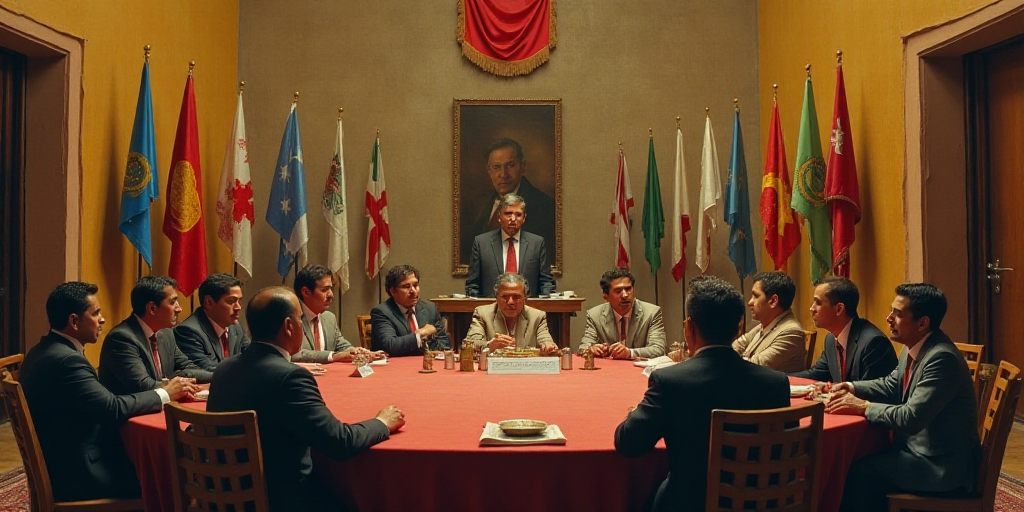Background on the Tribunal Electoral del Poder Judicial de la Federación (TEPJF)
The Tribunal Electoral del Poder Judicial de la Federación (TEPJF) is Mexico’s highest electoral authority, responsible for overseeing federal elections and resolving disputes related to them. Composed of magistrates appointed by the Senate, the TEPJF ensures that elections are conducted fairly and in accordance with the law.
The Controversy: Academic Requirements and INE’s Role
In this case, the controversy revolves around academic requirements for judicial candidates. The Constitution mandates that aspiring judges must have a minimum average grade of 9 in relevant subjects. The Instituto Nacional Electoral (INE), Mexico’s independent electoral body, was responsible for verifying these academic credentials.
However, the TEPJF’s Superior Chamber decided that the INE overstepped its authority by evaluating and revoking the victories of 45 judicial candidates who did not meet the required academic average. The magistrates, including President Mónica Soto Fregoso, Felipe Fuentes Barrera, and Felipe de la Mata, ruled that the INE lacked the power to assess the fulfillment of this specific requirement.
The TEPJF’s Decision
According to the TEPJF, the responsibility for evaluating academic credentials lies solely with the Candidate Evaluation Committee. Therefore, the INE should not have decreed vacancies for these positions nor revoked the contested decisions. Consequently, the TEPJF ordered that the victories of these 15 candidates be returned and their certificates of majority issued.
Key Points of the Ruling
- Academic Requirements: The Constitution mandates a minimum average grade of 9 in relevant subjects for judicial candidates.
- INE’s Role: The INE was responsible for verifying candidates’ academic credentials but overstepped its authority by revoking victories based on insufficient grades.
- TEPJF’s Decision: The TEPJF ruled that the INE lacked the power to assess academic requirements and ordered the return of victories for 15 candidates.
Gender Parity and Additional Rulings
In a separate matter, the TEPJF also overturned INE decisions that granted victory to four male candidates despite female competitors receiving more votes. The magistrates determined that the INE’s allocation contradicted gender parity principles, as it failed to consider that women had received a higher number of votes.
Furthermore, the TEPJF supported granting victory to a candidate who placed second after the INE declared the top position’s candidate ineligible. The TEPJF ordered the issuance of a certificate of majority for a mixed-jurisdiction circuit magistracy in San Luis Potosí, arguing that the failure of the leading candidate to meet eligibility requirements should not invalidate the election.
Implications and Precedents
These rulings set important precedents for numerous similar cases. Going forward, the INE must return victories to various candidates and consider awarding second places when eligibility issues arise.
Key Questions and Answers
- What was the controversy? The dispute centered on whether the INE had the authority to revoke victories based on insufficient academic averages for judicial candidates.
- What did the TEPJF decide? The TEPJF ruled that the INE overstepped its authority and ordered the return of victories for 15 candidates.
- What other rulings were made? The TEPJF also overturned INE decisions that favored male candidates over higher-voting female competitors and supported granting victory to a second-place candidate when the top position’s candidate was deemed ineligible.






